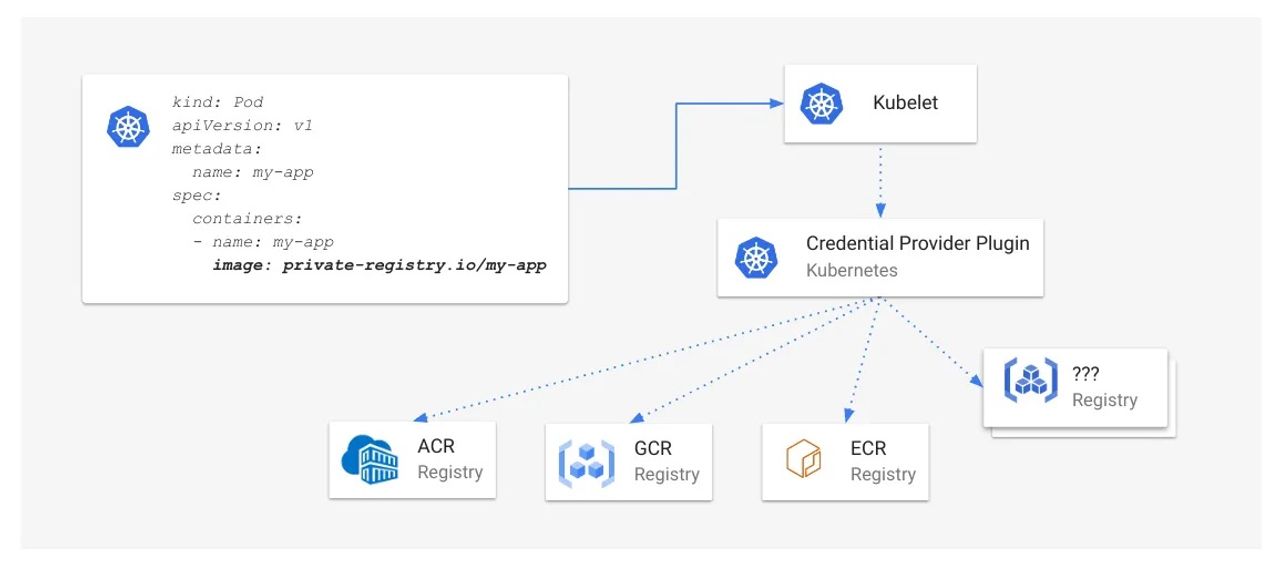I’m weary of always comparing the web to so-called “native” platforms like Android and iOS. The web is streaming, meaning it has none of the resources locally available when you open an app for the first time. This is such a fundamental difference, that many architectural choices from native platforms don’t easily apply to the web — if at all.
[…]
JavaScript was designed to run in lock-step with the browser’s main rendering loop. Pretty much every web app out there relies on this model. The drawback of that design is that a small amount of slow JavaScript code can prevent the browser’s rendering loop from continuing. They are in lockstep: if one doesn’t finish, the other can’t continue. To allow longer-running tasks to be integrated into JavaScript, an asynchronicity model was established on the basis of callbacks and later promises.
[…]
There is a way to break from running in lock-step with the browser’s rendering thread. We can move some of our code to a different thread. Once in a different thread, we can block at our heart’s desire with long-running JavaScript, without the complexity and cost of chunking and yielding, and the rendering thread won’t even be aware of it. The primitive to do that on the web is called a web worker. A web worker can be constructed by passing in the path to a separate JavaScript file that will be loaded and run in this newly created thread:
[…]
As an experimental way to improve ergonomics here, I wrote a library called buffer-backed-object that synthesizes JavaScript objects that persist their values to an underlying buffer. Alternatively, WebAssembly makes use of Workers and SharedArrayBuffers to support the threading model of C++ and other languages. I’d say WebAssembly currently offers the best experience for shared-memory concurrency, but also requires you to leave a lot of the benefits (and comfort) of JavaScript behind and buy into another language and (usually) bigger binaries produced.
In 2019, my team and I published PROXX, a web-based Minesweeper clone that was specifically targeting feature phones. Feature phones have a small resolution, usually no touch interface, an underpowered CPU, and no proper GPU to speak of. Despite all these limitations, they are increasingly popular as they are sold for an incredibly low price and they include a full-fledged web browser. This opens up the mobile web to demographics that previously couldn’t afford it.
[…]






